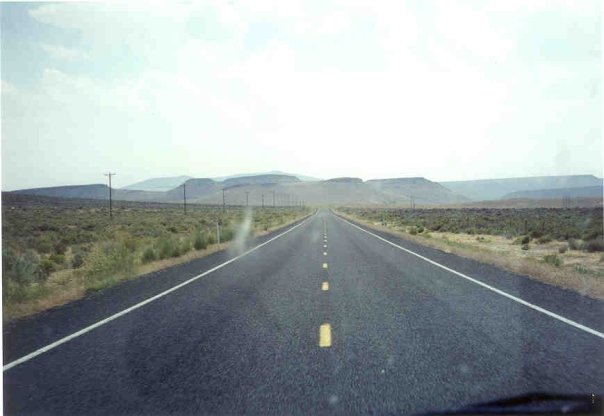New Jersey Future Blog
Protecting the Highlands
November 14th, 2002 by Tim Evans
- This Thanksgiving, New Jersey can be grateful for rain, and the conservation efforts of its residents and businesses.
- Two weeks ago, the state eased some mandatory water-use restrictions for portions of New Jersey, though the drought emergency remains in place statewide.
- Though buying land is the surest way to preserve it, there are other complementary regulatory options for preserving open lands and conserving resources.
- More than half of all New Jerseyans get their drinking water from the Highlands, a 1 million-acre swath of largely open land stretching across the northwestern portion of the state.
- Unfortunately, housing development in the Highlands is outstripping growth in the rest of the state by 75 percent. Without smarter growth and special watershed protections, New Jersey could lose these lands and their natural ability to provide, store and cleanse our drinking water.
SPECIAL RESOURCE NEEDS SPECIAL PROTECTION
New Jersey’s Highlands region is recognized as a landscape of national significanceî by the federal government and as special resource area by the New Jersey State Plan.
Nearly 70 percent of the Highlands has been mapped as environmentally sensitive.î Yet less than a quarter of the region is permanently protected from development. Federal and state officials have identified some 350,000 acres of critical lands that need immediate protection to safeguard drinking water supplies, as well as farmland, critical wildlife habitat and important recreational areas.
Protecting the Highlands will require strong, coordinated action by the McGreevey Administration, including permanent protection of the highest priority lands, by either state acquisition or conservation easements; increased regulatory protection for critical lands and resources; and better planning at the regional and local levels. Not only will the State need to align its actions and investments with the State Plan, but municipalities will as well.
















